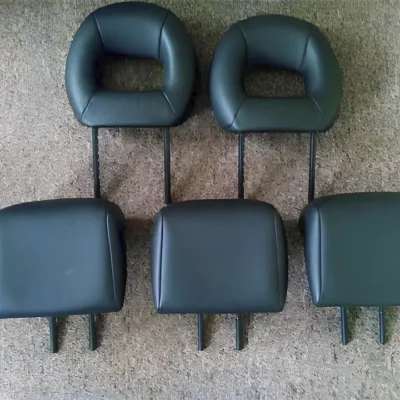Office Chairs
Polyurethane (PU) foam is a core material in ergonomic office chairs, providing the necessary cushioning, support, and durability for extended sitting periods. Its versatility allows manufacturers to design seats and backrests that balance comfort with posture support.
Description
Foam Density Recommendations
| Foam Density (lbs/ft³) | Application | Feel | Use Case |
| 1.5 – 1.8 | Entry-level chairs | Soft-medium | Light-duty office or home use |
| 1.8 – 2.2 | Standard office chairs | Medium-firm | General-purpose ergonomic chairs |
| 2.2 – 3.0+ | Premium task chairs | Firm, durable | Extended use, 8+ hours/day |
Seat Cushions: High-resilience PU foam provides long-lasting support for seated pressure points and maintains its firmness and shape even after extended use.
Backrests: Medium-density PU foam is used in lumbar and upper back areas to enhance ergonomic posture and reduce fatigue.
Armrests: PU foam padding adds comfort to hard plastic or metal arms and can be customized to be soft or firm, depending on user preference.
Headrests: PU foam used in premium ergonomic chairs for neck and head support.
Ergonomic Support: Distributes body weight evenly and reduces pressure buildup.
Durability: High-resilience PU foam resists sagging and wear over time.
Customizable Firmness: Available in different densities to cater to various sitting styles and body types.
Lightweight: Makes chair components easy to manufacture and assemble.
Cost-Effective: Offers a good balance of performance and price for mid- to high-end chairs.
For workplace environments, foam should meet:
CertiPUR-US®: Low-VOC, free from harmful chemicals.
BS 5852 / CAL TB117: Fire safety standards for foam in furniture.
RoHS & REACH compliance for EU market compatibility.






